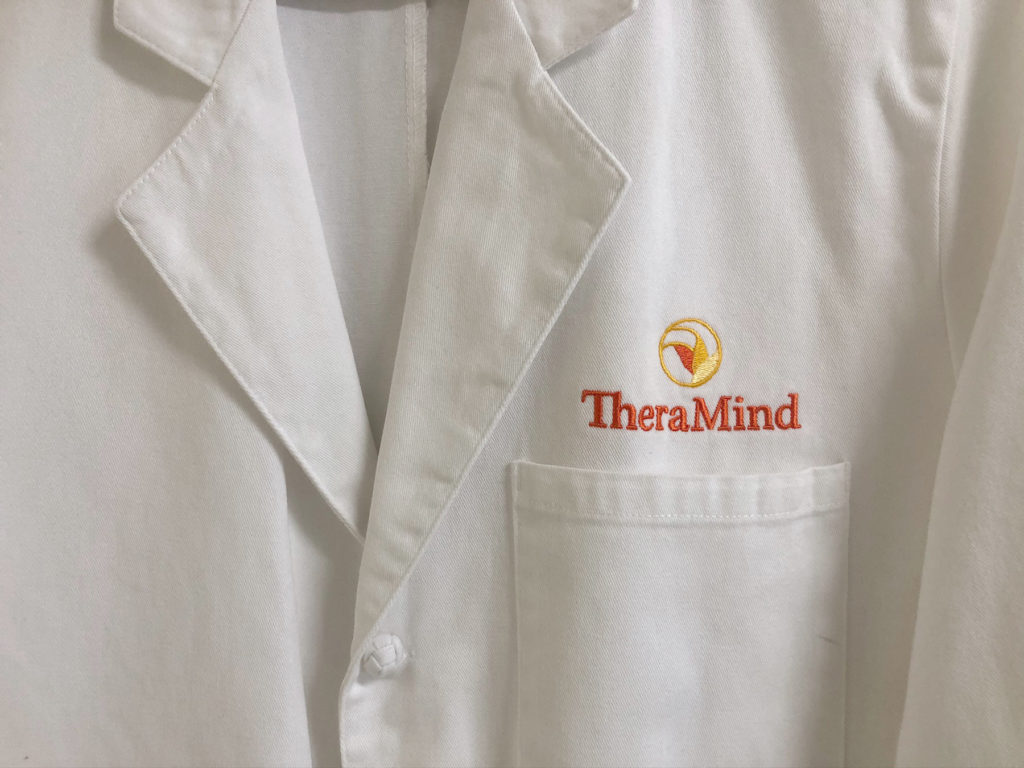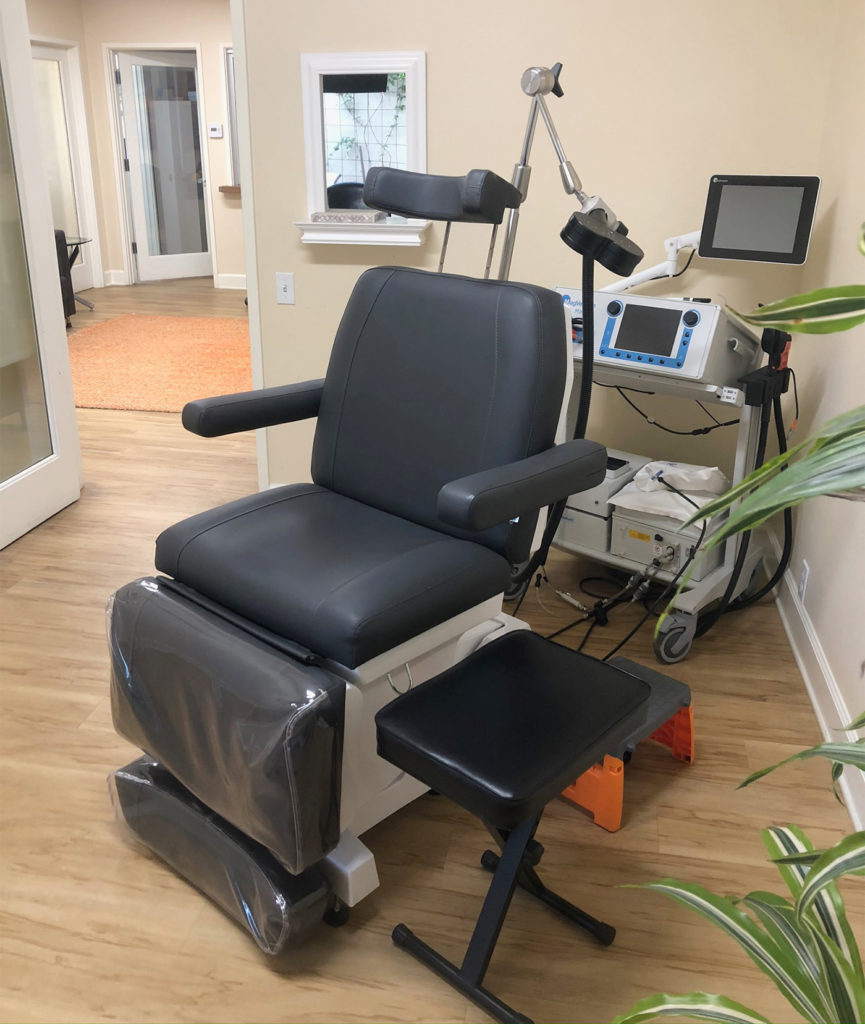Our approach
TMS is a medical procedure requiring a prescription from a licensed physician. TMS is an outpatient procedure which requires no anesthesia or sedation. For patients suffering from depression, our TMS-certified physicians screen for any contrary indications and determine if TMS is an appropriate treatment for each patient. Once the determination has been made that the patient is a good candidate for TMS therapy and a patient-specific treatment protocol has been decided upon, one of our TMS-certified doctors and a TheraMind TMS Technician perform a Motor Threshold determination (MT) on the patient and the TMS Technician is given a set of treatment parameters by the physician for subsequent TMS sessions for that patient. The TheraMind Center of Santa Barbara is equipped to provide repetitive TMS therapy (rTMS) as well as intermittent theta burst (iTBS) TMS therapy.
A typical course of treatment for depression typically consists of thirty-six (36) treatments, usually five treatments a week for six weeks with three weeks of taper following, although the treatment schedule can vary based on patient response and physician prescription. An individual single-side treatment session normally lasts about 19 minutes during which time patients are awake, alert and comfortable. Our TMS Technicians are present throughout the treatment and interact with the patient while continuously monitoring the treatment to ensure the patient’s comfort and the maximum efficacy of the treatment. Weekly reports of patient progress are submitted to all referring physicians and our TMS-certified medical professionals. TMS is generally considered to be free of side effects with the rare exception of headache and localized discomfort of the scalp at the treatment site which are easily mitigated through reorientation of the magnet and/or reduction in treatment intensity.


